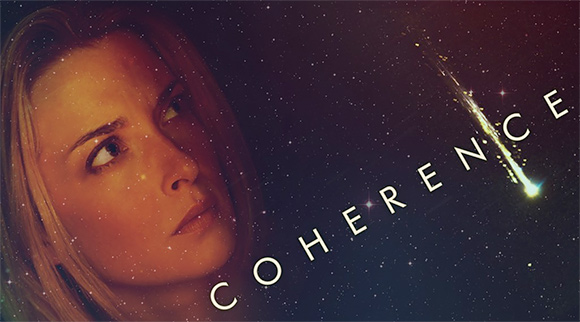Jojo Rabbit (2019): An Antidote to Hate

It should come as no surprise to anyone with a steady Internet connection that the United States has a bit of a problem with white supremacists at the moment. From 2017 in Charlottesville to 2021 in the nation’s capital, the worst of society have felt empowered more than ever to express their hateful ideas with little to no repercussions. So, how do we stop this? Most of the power to stop these groups lies in the hands of those in power, but there are some things that we as individuals can do. One of those things is education. Hate, like all things, is taught, and a film that demonstrates this brilliantly is Jojo Rabbit, a film directed by Taika Waititi and released in 2019.
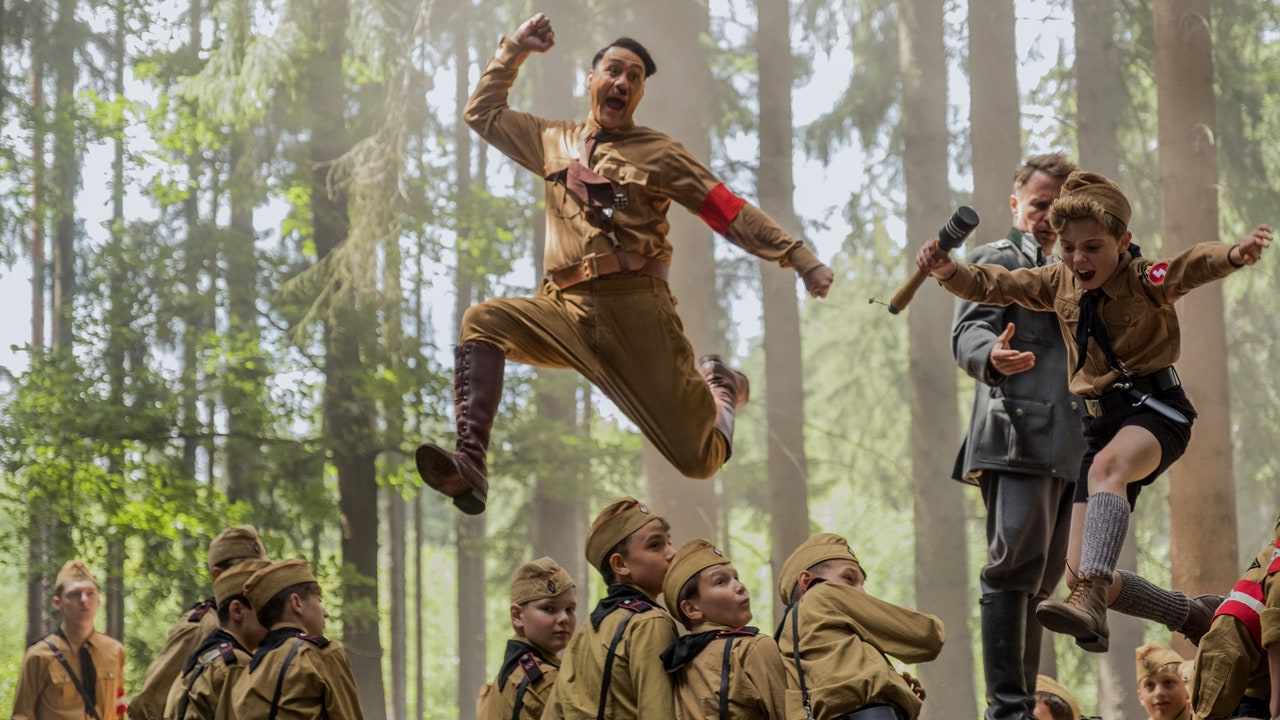
Jojo Rabbit (2019) is a comedy-drama film about 10-year-old Johannes “Jojo” Betzler (played by Roman Griffin Davis), a young boy growing up in Nazi Germany. Jojo is a member of the Hitler Youth and a devoted follower of the Third Reich, hoping one day to serve Hitler himself in his personal guard. Jojo’s blind fanaticism is represented by his imaginary friend, Adolf (played by Taika Waititi), who encourages Jojo to be the best Nazi he can be. This stands in contrast to his mother, Rosie (played by Scarlett Johansson), who disapproves of the war and is later revealed to be working with the German Resistance. The conflict of the movie is set into motion when Jojo discovers that his mother is providing refuge to a Jewish girl, Elsa (played by Thomasin McKenzie) within their home.
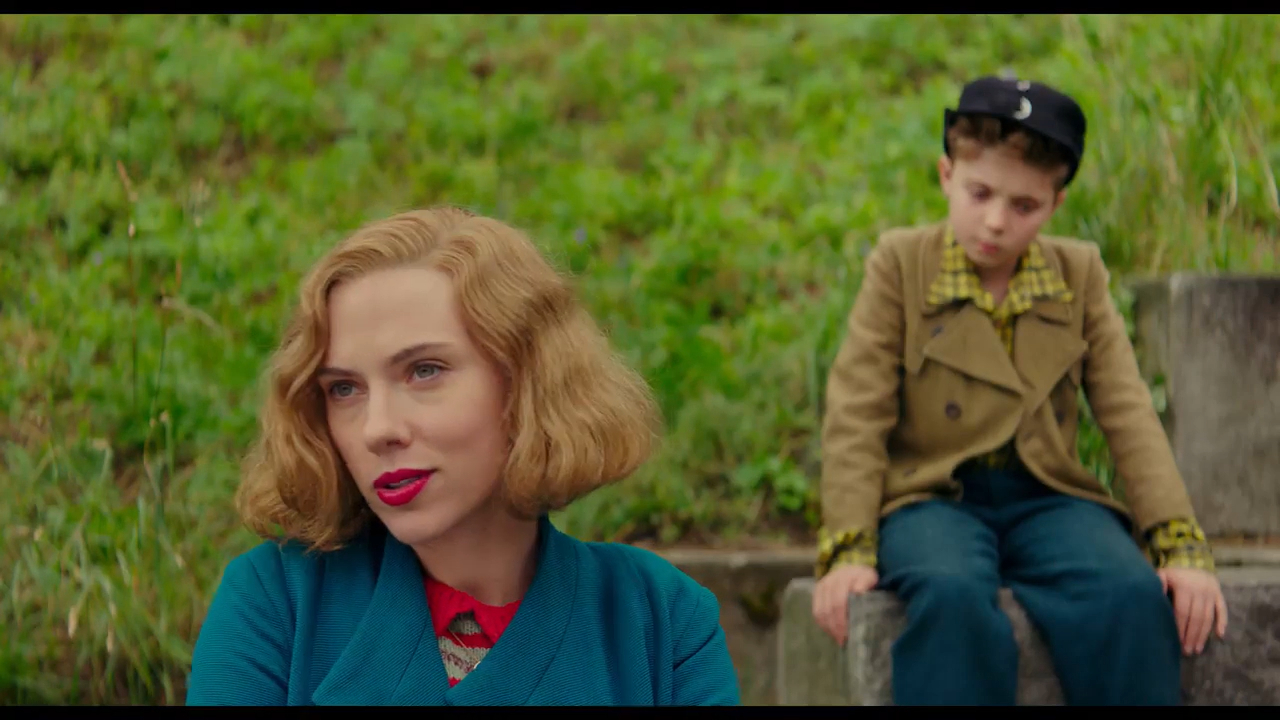
I would like to mention this as early on in this review as I can: there are aspects of this movie that I would not find ok were they coming from a goyche (non-Jewish) director. Taika Waititi is Jewish, and he is working within a long tradition of Jewish creatives making art (often comedic art) out of Jewish history, which includes a large amount of suffering. Waititi and Jojo Rabbit (2019) follow in the footsteps of the likes of Mel Brooks and The Producers (1967), another comedic movie about Nazis created by a Jewish director. There is something to be said about the massive difference between minorities making stories about their own culture and experiences, and stories about minorities being made by outsiders, but that’s a story for another time. Suffice it to say, there’s a power to the figure of Adolf Hitler being portrayed by a Maōri Jewish man in a movie that’s about a German boy befriending a Jewish girl.
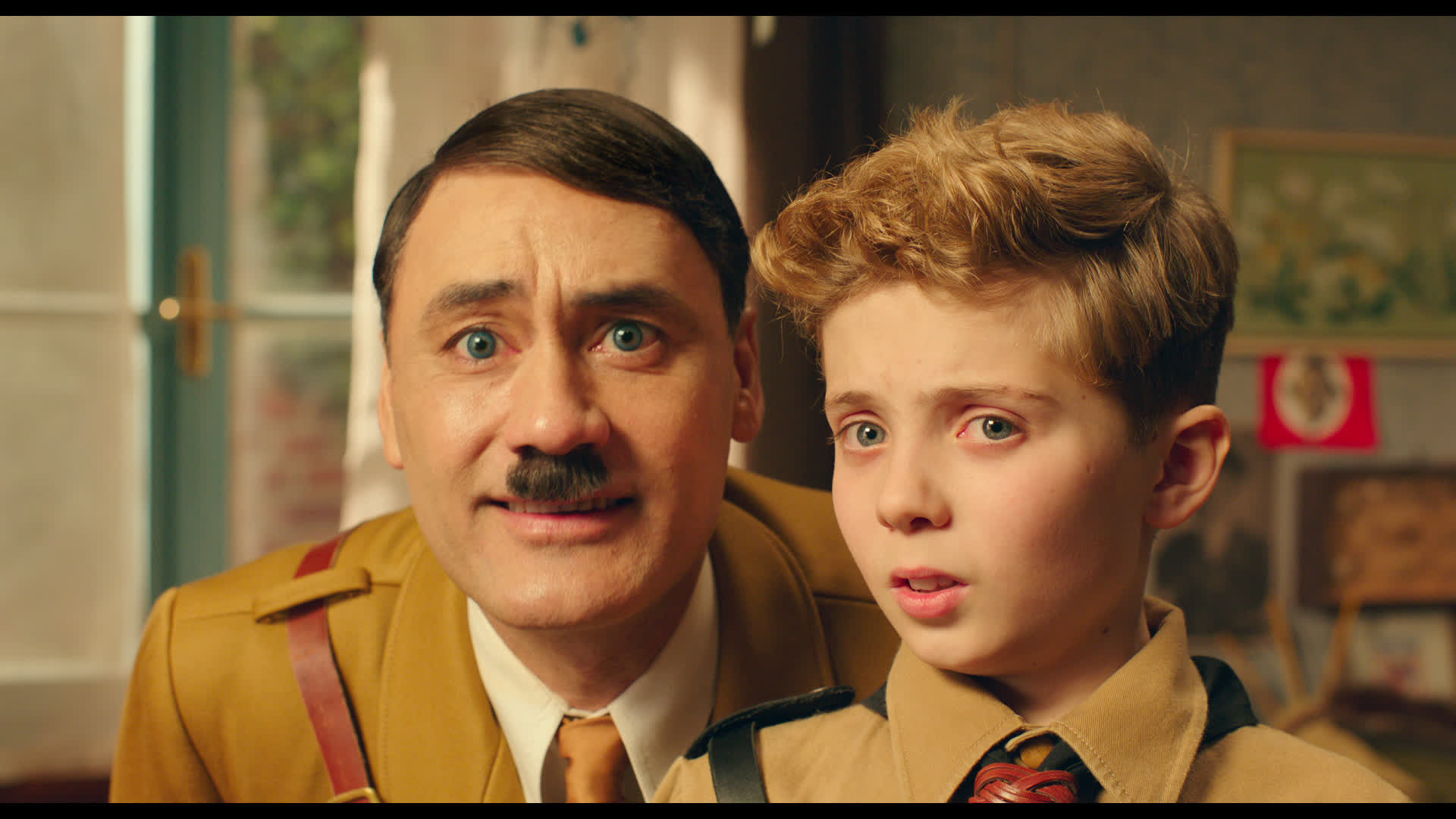
Jojo’s character arc revolves around him unlearning Nazi propaganda and realizing the humanity of all people, especially Jewish people. He starts the movie as a picture-perfect member of the Hitler Youth, a young boy practically biting at the bit to get a chance to serve the Third Reich in any way he can. However, his eagerness results in him getting injured and being left with a permanent disability. This ruins Jojo’s chances to serve in most traditional roles, and the best he can get is plastering propaganda posters around town and collecting scrap metal for the war effort. However, this also puts him in the perfect place to unlearn his hatred. Because he is no longer actively being fed anti-Semetic lies on a daily basis through his participation in the Hitler Youth, he is more receptive to Elsa’s reeducation.
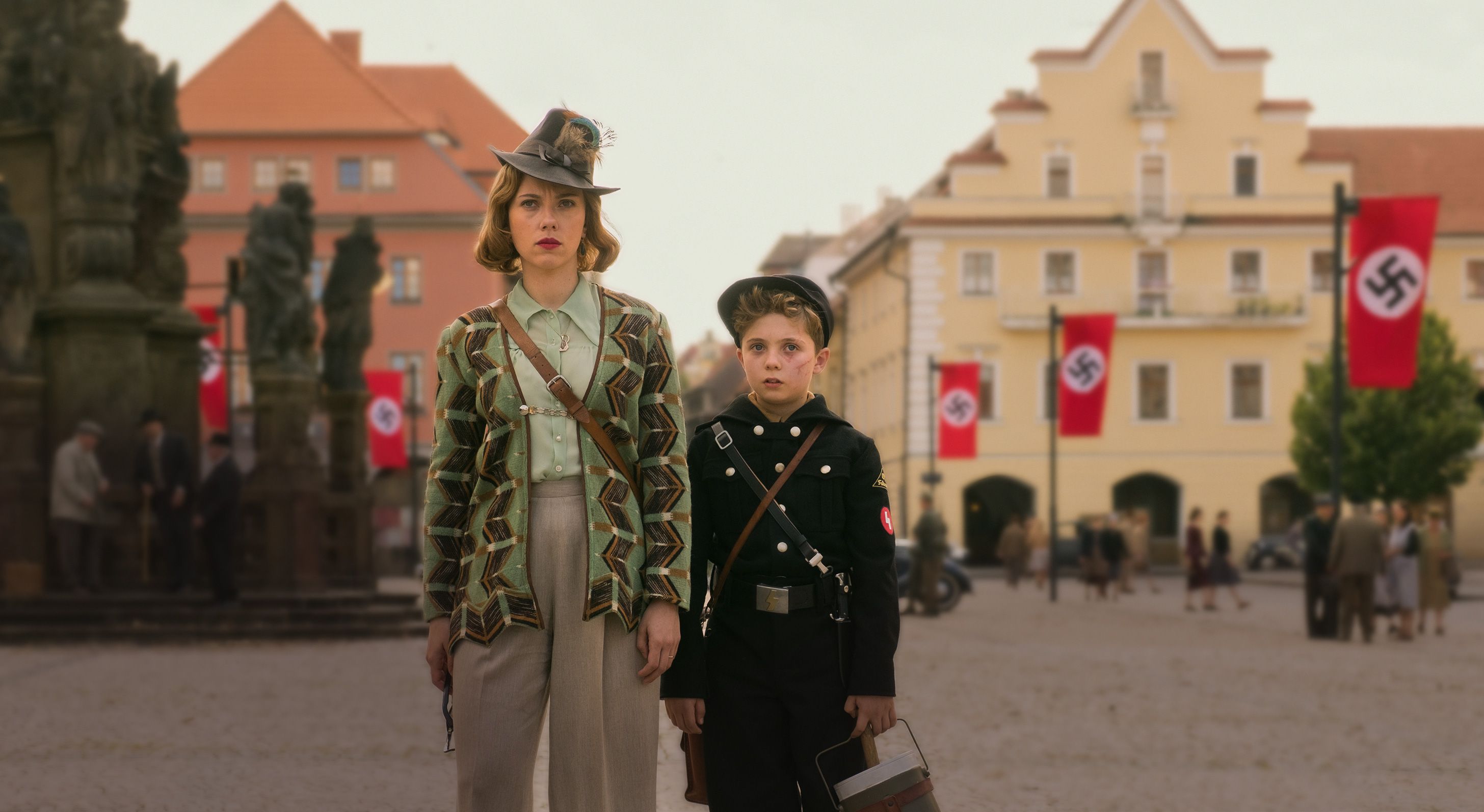
Speaking of Elsa, she is essential to both the story and Jojo’s growth as a person. Too often in WWII-adjacent media, Jewish characters serve as props to the stories of Gentiles, whether they must be hidden in the attic or liberated from the camps. Elsa, however, from her introduction, is in no way passive. She easily overpowers Jojo in their physical alterations, and her blunt assertions of her own humanity often leave him at a loss for a response. Her speech about how there are no “weak Jews” gives me chills every time. Elsa refuses to be quiet or broken, and her drive to keep on living is a form of resistance in itself. When Jojo interacts with her, a young woman who is witty, creative, passionate, and above all, human, his very worldview is challenged. His teaching does not allow for these traits to belong to a Jewish woman. So, Jojo must either buckle down on his Nazi beliefs or let Elsa show him that he was wrong. Thankfully, he chooses the latter.
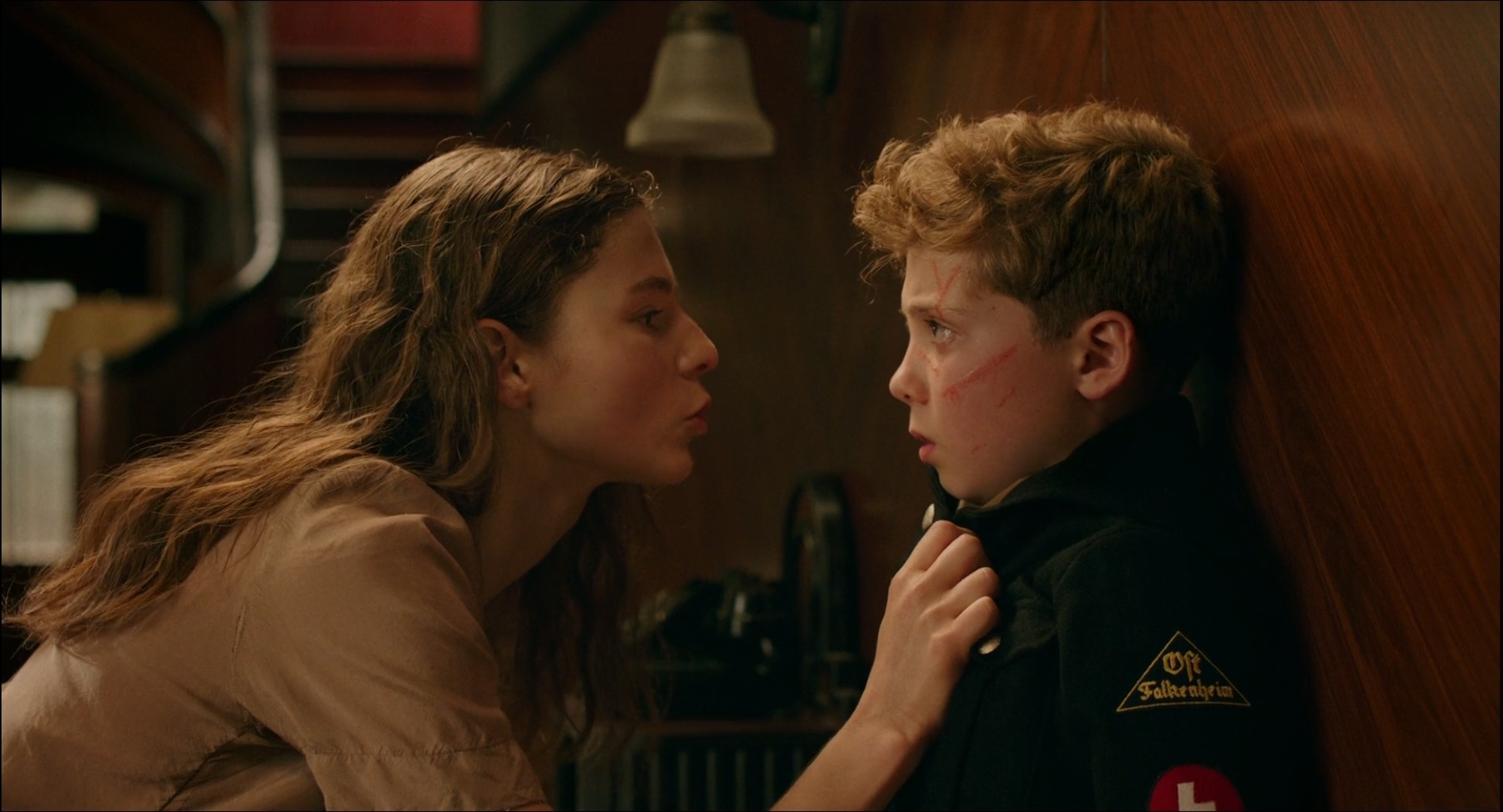
Beyond just the way that it tackles hate, Jojo Rabbit (2019) is a beautiful movie. Waititi’s command over tone is on full display as the movie ranges from slapstick comedy to horrifying tragedy within the same core story. The almost textbook use of set-up and payoff results in brilliant story moments that reveal themselves even further on the second or third viewing. Roman Griffin Davis’s performance is what makes the movie, which can’t be easy for a child actor, but the supporting performances from McKenzie and Johansson also deserve praise as well. The non-original score is used to great effect, which is something that I greatly appreciate in movies, and the subtle shift in color grading over the course of the movie does an excellent job of backing up the general change in tone.
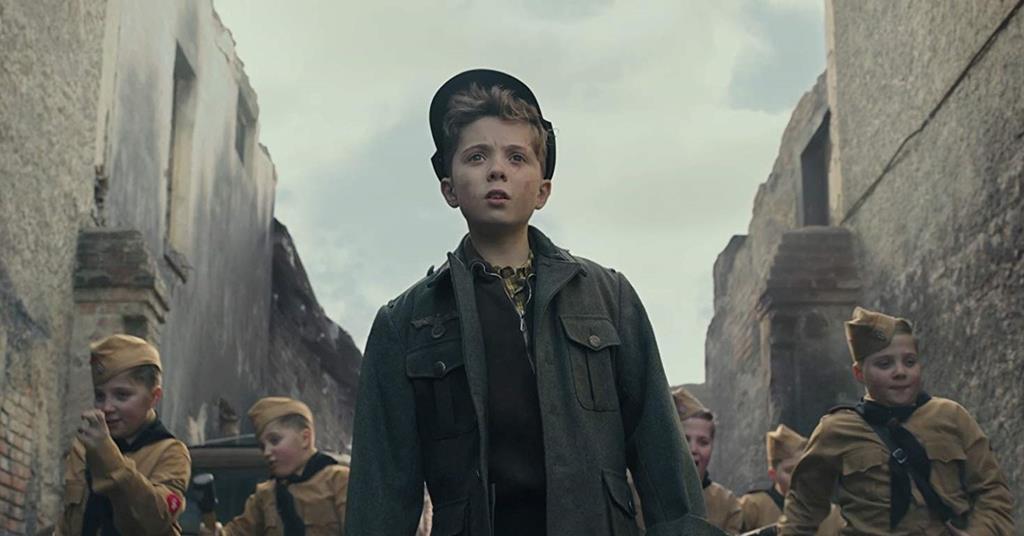
While I don’t think that Jojo Rabbit(2019) can or will change the minds of any hardcore white supremacists, I do believe that it has the ability to inform those who are less set in their hateful ways as well as showing young people the power of tolerance. It’s one thing to read memoirs and history books about the horrors of Nazi Germany and the Holocaust, but fiction has an entirely different impact on readers, especially young ones. While I wouldn’t recommend Jojo Rabbit(2019) to an elementary schooler, I think it is perfect for those in middle and high school and can serve as a great supplement to other stories about the Holocaust, which become more and more important as those who experienced the atrocities first-hand are passing away. This is the power a movie can hold. This is the power of 2019’s Jojo Rabbit.




